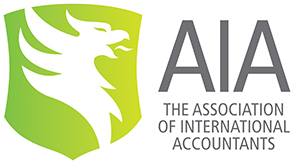Scottish Taxes
Newsletter issue - October 2014
The Scottish people have spoken and the majority have decided they want Scotland to remain part of the UK. However, that doesn't mean everything will remain the same. We already know there will be two new taxes in Scotland from 1 April 2015, and a variation to income tax rates for Scottish taxpayers from 6 April 2016.
If you are planning to buy land or buildings in Scotland, you should be aware that the tax you will pay on top of the purchase price is currently uncertain for completion dates on or after 1 April 2015. This is because Stamp Duty Land Tax (SDLT) will be replaced by Land and Buildings Transaction Tax (LBTT) for sales of land and buildings in Scotland from that date.
The LBTT will have different rules to the SDLT, which will continue to apply to land transactions in England, Wales and Northern Ireland. For example LBTT will have a nil rate band as well as at least two other bands, but probably different bands and rates for residential and non-residential property. The rates and thresholds for the new LBTT are expected to be revealed as part of the Scottish Government's budget in October 2014.
The other new tax from 1 April 2015 is a Scottish replacement for landfill tax. The rates and thresholds for the Scottish landfill tax will also be announced as part of the Scottish Government's Budget for 2015/16 in October 2014.
From 6 April 2016 the Scottish Government will be able to replace 10p out of each tax band with the Scottish Rate of Income Tax (SRIT). This will apply to all individuals resident in Scotland including pensioners, who fall into a new definition of "Scottish taxpayer". However, the SRIT will have to apply within the tax bands imposed by the UK Government, and the personal allowances will not change.
As currently agreed (and this could change following negotiation for further powers) the rate of the SRIT must be the same for all the tax bands. For example if the SRIT is set at 10p, the total tax rates will remain where they currently stand for the whole of the UK: 20%, 40%, and 45%. If the SRIT is set at say 15p, Scottish taxpayers will pay income tax at 25%, 45% and 50%.
A new tax authority: Revenue Scotland, has been set up to administer the new Scottish taxes, and any other devolved taxes that may follow. Income tax, including SRIT, will continue to be administered by HMRC.
